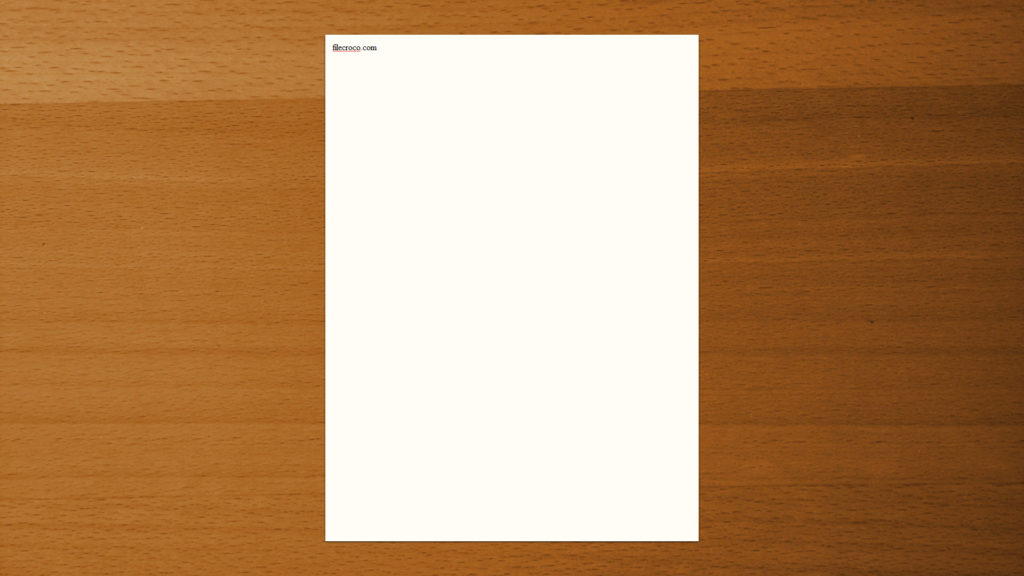

- #FOCUSWRITER NOT RESPONDING DRIVER#
- #FOCUSWRITER NOT RESPONDING FULL#
- #FOCUSWRITER NOT RESPONDING ANDROID#

As soon as you start playing around with grayscale things starts going slow (you essentially need to display N levels of grayscale as N frames). Playing video in a small window is fine if you just want to get some information out of it.Īll these speeds are in a dithered 1-bit mode though.
#FOCUSWRITER NOT RESPONDING FULL#
In general small updates are plenty fast (like showing characters next to a cursor) and big updates are slow (like full screen video playback). I'm able to drive video, but it's quite choppy. Typing in a document or code is plenty fast, scrolling a webpage is usable, but you'd probably want to use PgUp/PgDown, moving the mouse around is fine but I'm using a tiling window manager to avoid having to drag windows around.
#FOCUSWRITER NOT RESPONDING DRIVER#
I'm using off-the-shelf components and the relatively cheap USB driver board for the 10.3" ePaper display is more than capable enough of showing a variety of content.

I have some insight in this as I'm currently building a very similar project myself. More a problem with complex dynamic displays. Much less a problem when paging, or when there's a single cursor-point-of-change when typing text. But there's still some of the effect visible. It's much better on recent high-end displays than on, say, a ten-year-old Kindle. The main distinction though is that phosphors painted in a line, not a full-screen refresh (though it might be interesting to see just how e-ink does refresh in super-slow motion), and then decays.įor e-ink, the characteristic is that higher-quality refreshes take longer, and that a full flush (blacking then blanking the full screen) creates a marked flash. I don't think either applies, though e-ink does have some characteristics of phosphors in terms over overall response rate. And just a tad during the teletype period. I remember when dragging and resizing windows with contents visible became A Thing.Īnd yes, I used computers in the phosphor age. Displays were graphical and bitmapped, not text. I'd not anticipated doing that much, it's turned out to be a significant use. So, interestingly enough, is the ability to take freehand notes on the device. Lacking colour and high-speed animations is of and by itself a major win on distraction-free status. The UI is not entirely as distraction-free as I'd like, but it is far more so than any other device I've owned in decades. There's no social media or any other apps on the device. When used for podcasts or browsing, CPU drain is fairly substantial, though I can get well over a day's use per charge typically. This involves disabling Bluetooth, WiFi, and if possible, the Backlight, and avoiding screen repaints. It is far more usable outdoors or under bright lighting than any laptop or tablet, which is itself highly useful.īattery life is quite good when reading ebooks. I can read local content (articles, or my Pocket stash), which is already ample distraction. If I really want to minimise distractions, I'll disable networking.
#FOCUSWRITER NOT RESPONDING ANDROID#
It's an e-ink Android tablet, principally intended as an e-book reader (which I use it for), though it also serves quite well for podcasts, web browsing, and general terminal work (Termux / SSH). I've been using an Onyx BOOX Max Lumi as my daily driver for about a year.

There's some truth to your comment, and the one threat you'll never run away from is yourself, but it misses a lot.


 0 kommentar(er)
0 kommentar(er)
